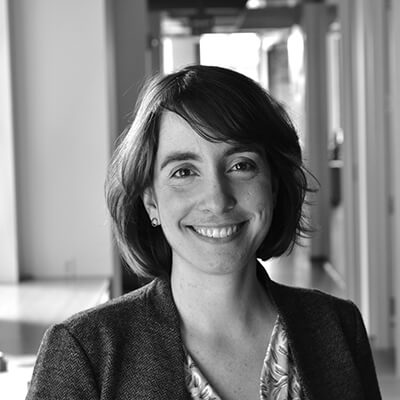
As the AIA Convention 2014 kicks off in Chicago this week, and I was looking at the list of inspiring architects, planners, artists, authors and activists who are giving keynote addresses, I began to think about the theme of this year’s convention: “Purpose, practice, & plan” with an emphasis on purpose.
I began thinking about purpose not just in the context of architects who specifically set out to design for good purposes – designing for disaster relief, homelessness, refugee shelters, third world populations – but also the purpose(s) that all architects strive to achieve in every project and every detail.
At PAYETTE we are fortunate that many of our projects come with a built-in larger purpose because of the nature of their work. We design hospitals that bring both state-of-the-art technology to doctors and researchers for developing less invasive life-saving procedures, that also provide access to daylight and natural environments to bring relief and faster healing to the patients receiving those treatments. We design laboratories for researchers working to discover cures and medicines for debilitating diseases or the latest green engineering technology, that also provide spaces for connection and collaboration. The teaching spaces we design are used to inspire and train the future generations of doctors and researchers who may perhaps one day use the hospitals and research laboratories that we have also designed. With these kinds of clients, it is easy to feel like each project we design has a clear sense of purpose and that we are making the world a better place through our work.
But it seems to me that the design of architecture has purpose beyond that given to it by the program or client we design for. Even if it is more difficult to pick out the grand ideals that drive your client’s needs, architects and designers have the opportunity to endow every project with a purpose that goes beyond those needs. Tom Payette’s mantra has always been “Architecture is for people” and that simple statement for me is all the purpose that architects need, no matter what we are designing.
It can be easy to get caught up in the day-to-day requirements of a project, especially one that is technically complex. Coordinating equipment vendors, engineers, user requirements and keeping projects on budget and schedule can easily captivate all of our attention. If we frame all of these tasks with the purpose of designing for every person who will one day use that space, even the most mundane toilet layout or handrail detail can be elevated to Architecture.
On a recent project, our team had decided from early on in the conceptual design phase that we would take advantage of the beautiful natural climate of our site and rely mainly on natural ventilation for cooling our building. Our client had other buildings of a similar program on their campus, but used mechanical systems to cool all of them. Throughout the design process, programming, basic building massing, façade design, detailing and materials selection, our design team based many of our decisions on our sense of purpose that our building would be better for the earth and for the users if it was naturally ventilated. At several points along the way, our client questioned whether natural ventilation was the correct decision, and came up with a series of doubts that challenged eliminating mechanical ventilation from most of the building. If we had considered natural ventilation as simply a design decision, and not part of a larger purpose to design energy efficient, environmentally responsible buildings, we could have easily changed the design at many points to accommodate mechanical ventilation. In the end, our design decisions from the outset were driven by a greater sense of purpose for which we had the strength of conviction to defend.
The purpose of architects is to bring our purpose of design to every aspect of our projects. Whatever you choose your purpose to be – design for people, sustainability, evidence-based design, universal access – we as architects have the opportunity to infuse our work with an inspiring purpose, which has the power to energize our practice, and shape the built environment for the better.


